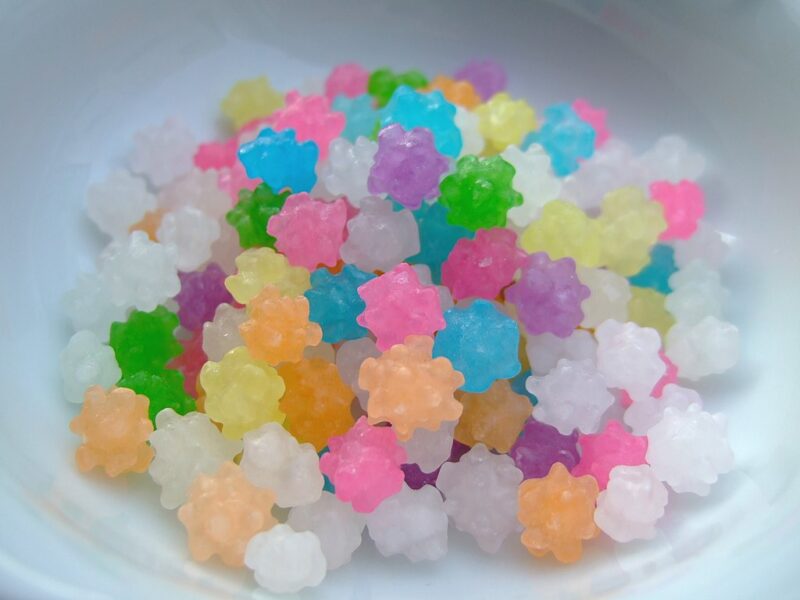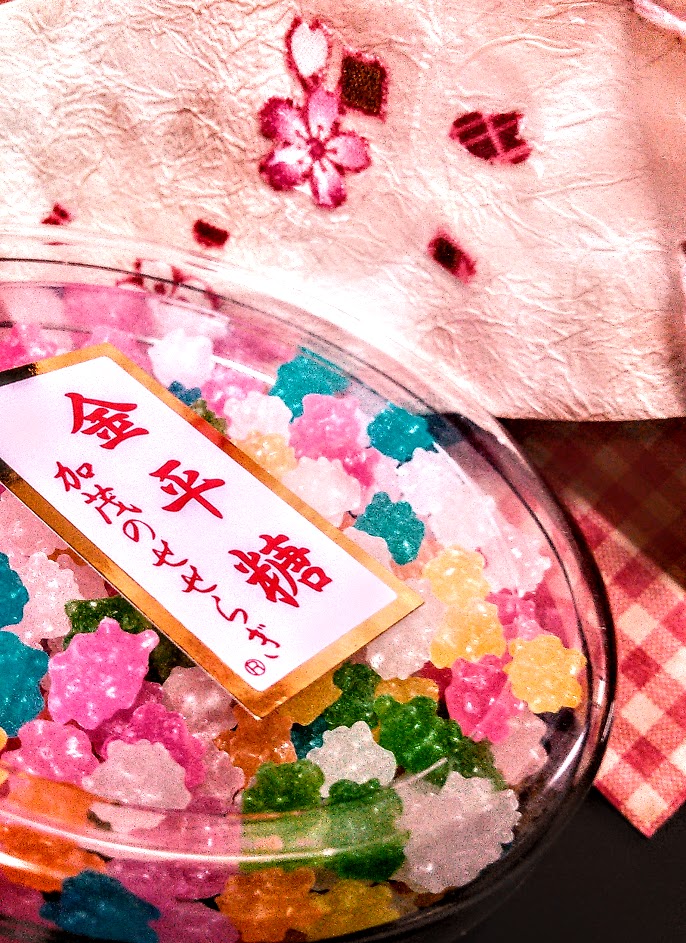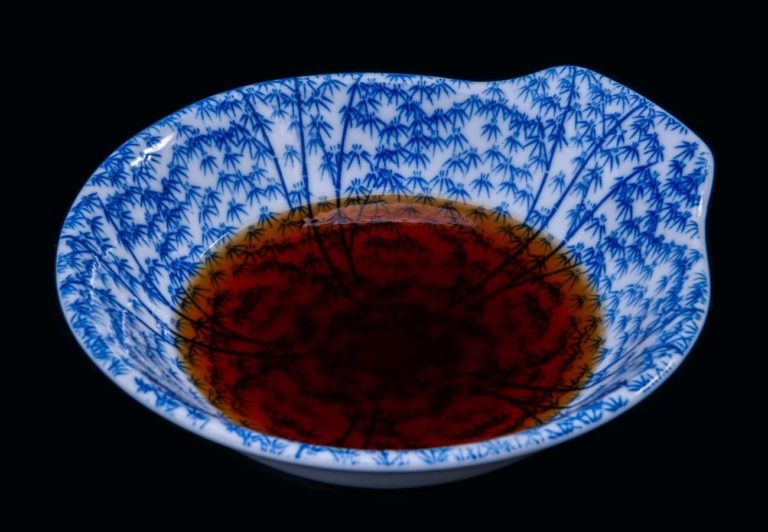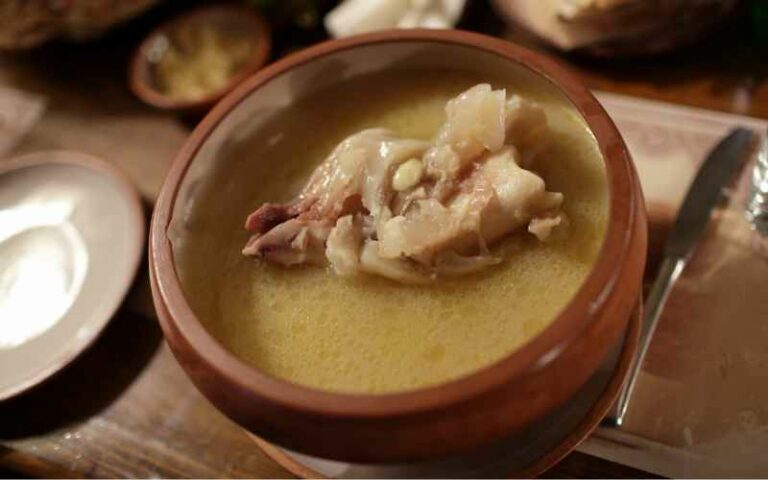Konpeitō: The Traditional Japanese Sugar Candy

Konpeitō is a small, cute sugar confectionery that is consumed during the Hinamatsuri festival in Japan. Additionally, it is a popular gift for weddings and childbirth celebrations.
To understand the popularity and significance of these candies, let’s go all the way back to the origin of Konpeitō.
History of Konpeitō
Konpeitō, along with castella and bolo, are among the Nanbangashi sweets that were brought by Portuguese missionaries during the Warring States period. The name comes from its Portuguese ancestor ‘confeito‘, which is another type of sugar candy that is still consumed in Portugal.
It can be inferred from various historical texts that Konpeitō, at the time of its introduction, was a white sphere, unlike its contemporary colorful, horned version.
In 1569, it was presented to Nobunaga Oda by the Portuguese missionary Luis Frois. It is said that Nobunaga was surprised at the shape and taste of Konpeitō and liked it, so he ordered Konpeitō several times. Since Konpeitō was a luxury item, only the affluent class of the kingdom could enjoy it.
After being isolated in the Edo period, it began to be produced in Nagasaki during the Genroku period. Eventually, as the cooking method disseminated to Kyoto and Edo, it gradually became familiar to the townspeople.
Eventually, Konpeitō became colorful with various shape variations. From the middle to the latter half of the Meiji era, Konpeitō was one of the staple sweets in the region.
The Traditional Method of Preparing Konpeitō
Today, Konpeitō is mostly prepared by machine. However, some versions continue to be handmade by traditional methods, including the one used in festivities by the Japanese imperial family.

Handmade Konpeitō is an angled kettle and is made by repeating the procedure of drying glutinous rice and using it as the core, sprinkling molasses and then troweling it. Since it grows little by little while sprinkling molasses (only about 1mm a day), it takes about two weeks to prepare it traditionally.
The traditional manufacturing process of Konpeitō may seem like a simple task at first glance. However, it is necessary to change the temperature of the kettle, the concentration of molasses, the timing of troweling, etc. according to the temperature and humidity of the day. If you make even the slightest mistake, the Konpeitō will not solidify or will crack.
Therefore, the technique of crystallizing sugar like Konpeitō is considered to be quite difficult in making sweets. It is said that it takes 20 years to become a full-fledged Konpeitō craftsman!
In addition, there are Konpeitō flavored with fruits, cinnamon, tea, etc., but adding other ingredients to sugar makes crystallization even more difficult, so more skilled techniques are required.
Konpeitō, which is made by the traditional method, is finished in colorful and beautiful horns because the craftsmen take time and effort with their skill.
The imperial family uses bonbonniere to store Konpeitō and the reasons for it are still unknown. One of the explanations is that at the beginning of the Meiji era, in order to resolve the unequal treaty with the Western powers and to stand side by side, Westernization policy was promoted in Japan, and Western food was served at the feast of the imperial family.
Photo credit: Midori






